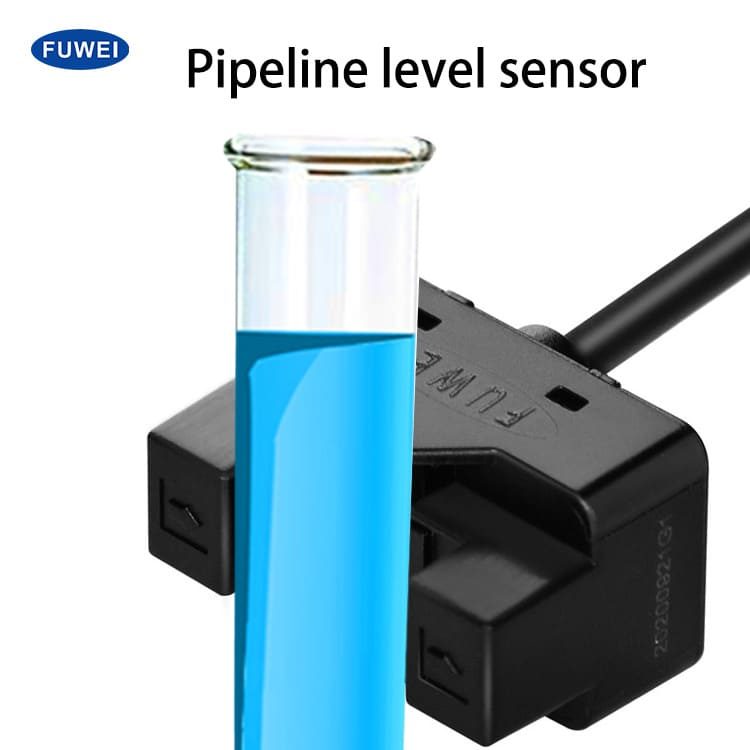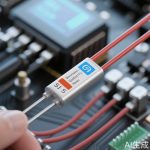In the rapidly evolving landscape of industrial automation, the role of pressure sensors has become more critical than ever. These unassuming devices are the unsung heroes behind the seamless operation of countless industrial processes, from manufacturing and energy production to aerospace and healthcare. At the heart of this technological revolution lies the relentless pursuit of innovation in Industrial Pressure Sensor R&D. As industries demand higher precision, durability, and adaptability, researchers and engineers are pushing the boundaries of what these sensors can achieve.
The journey of pressure sensor development is a testament to human ingenuity. Early pressure sensors were mechanical, relying on diaphragms and Bourdon tubes to measure pressure changes. While these designs were revolutionary in their time, they were limited by factors like accuracy, response time, and susceptibility to environmental conditions. Today, the focus has shifted to micro-electromechanical systems (MEMS) and solid-state technologies, which offer unparalleled precision and reliability. These advancements are not just incremental improvements; they represent a paradigm shift in how industries monitor and control critical processes.
One of the most exciting trends in Industrial Pressure Sensor R&D is the integration of smart technologies. Modern sensors are no longer passive components; they are intelligent devices equipped with embedded processors, wireless connectivity, and self-diagnostic capabilities. These features enable real-time data analysis, predictive maintenance, and remote monitoring, reducing downtime and optimizing operational efficiency. For instance, in the oil and gas industry, smart pressure sensors can detect minute pressure fluctuations in pipelines, alerting operators to potential leaks long before they become catastrophic events.
Another area of intense research is enhancing the durability and resilience of pressure sensors. Industrial environments are often harsh, with extreme temperatures, corrosive chemicals, and high vibrations posing significant challenges. R&D teams are exploring new materials, such as silicon carbide and ceramic composites, which can withstand these conditions without compromising performance. Additionally, advancements in packaging and sealing technologies ensure that sensors remain functional even in the most demanding applications, from deep-sea exploration to high-temperature manufacturing processes.
The drive toward sustainability is also shaping the future of pressure sensor R&D. As industries seek to reduce their environmental footprint, sensors play a pivotal role in optimizing energy consumption and minimizing waste. For example, in HVAC systems, high-precision pressure sensors help maintain optimal airflow, reducing energy usage while ensuring comfort. In renewable energy sectors, such as wind and solar power, these sensors are essential for monitoring system performance and preventing failures, contributing to the overall efficiency and longevity of green energy solutions.
Looking ahead, the convergence of pressure sensor technology with artificial intelligence (AI) and the Internet of Things (IoT) promises to unlock even greater potential. AI algorithms can analyze vast amounts of sensor data to identify patterns, predict failures, and recommend corrective actions autonomously. Meanwhile, IoT connectivity allows sensors to communicate with each other and with central control systems, creating a seamlessly integrated industrial ecosystem. This level of intelligence and connectivity is not just a luxury; it is becoming a necessity for industries aiming to stay competitive in a global market.
In conclusion, the field of Industrial Pressure Sensor R&D is at a thrilling crossroads, where tradition meets innovation, and challenges spark breakthroughs. As researchers continue to explore new materials, technologies, and applications, the humble pressure sensor is poised to become even more indispensable to modern industry. Whether it’s ensuring safety in hazardous environments, enhancing efficiency in manufacturing, or supporting the transition to sustainable energy, these devices are quietly shaping the future—one pressure reading at a time.




Leave a Message